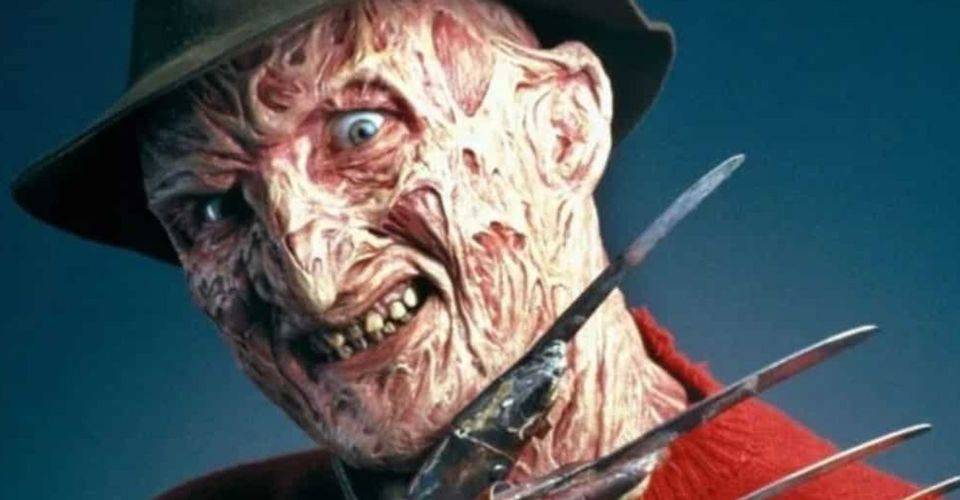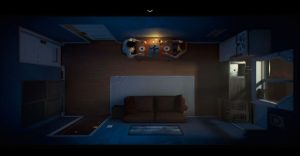Freddy Krueger Actor Explains Intense Deleted Elm Street Scene

A Nightmare on Elm Street star Robert Englund shares details on a brutal scene that was cut from the horror classic. Elm Street, which was directed by Wes Craven and hit theaters in November 1984, reinvented the slasher genre that had boomed in the late 70s to early 80s and began to wane by 1983. By using a killer who stalks teens in their dreams to add supernatural elements to the slasher proceedings (and becoming a substantial hit off the back of it), Elm Street redefined what it meant to be a slasher and inspired scores of filmmakers to attempt to copy its success as well as spawning a half dozen sequels, a reboot, an anthology television show, and even a crossover with Friday the 13th‘s Jason Voorhees.
One of the most iconic scenes in the movie is also one of its scariest. The very first victim claimed by Freddy Krueger’s (Robert Englund) vengeful spirit is Tina (Amanda Wyss). While she and her boyfriend Rod (Nick Corri) are asleep, she starts to scream and he witnesses her being slashed across the torso by an invisible force that turns out to be Freddy’s razor-tipped glove. She is then dragged onto the ceiling in a gravity-defying special effect before being dropped back down onto the bed, dead. Tina’s Elm Street death is a brutal scene that still stands out among the entire franchise.
On the very first episode of the new Gibson TV YouTube series Metal and Monsters, host Matt “Count D” Montgomery reunited Freddy Krueger actor Robert Englund with Don Dokken, the lead singer of the hair metal band Dokken, who performed the title theme for A Nightmare on Elm Street 3: Dream Warriors in 1987. Early on in the interview, Robert Englund revealed that there was an extra scene shot for Tina’s death sequence that was cut for being too intense, even by the standards of that particularly violent segment. The sequence involved Freddy being seen from Tina’s POV, dragging her across the ceiling. It also included an Englund-improvised moment where he used the stage blood on his glove to blow her a “kiss of death” where “the stage blood between my blades caught into a blood bubble and floated out.” Read the full quote below:
Some shots from that day never made it in the movie… They couldn’t give the camera to Amanda Wyss who played Tina because she’s not union, so [the first assistant, who was married to DP Jacques Haitkin] took her jeans off, they put stage blood on her legs, took her shoes off, she did handheld, and I dragged her on the ceiling… She filmed the Tina point of view being dragged by Freddy. Now, of course, when you cut away you see the boyfriend down below looking up at the ceiling, you see no Freddy. It’s what she sees in her dream, [it] makes it even more clear.
Wes shot that so that he could use that footage so that he could get other nasty bits in the movie that he wanted to get in. He just did that as an extra to show the censors, and at the end of it I dropped her legs and, being the actor that I am, I realized that I had stage blood all over the… blades of the Freddy claw, and I gave her a kiss of death. [blows a kiss] Like that. And the stage blood between my blades caught into a blood bubble and floated out. And I actually saw it, yeah, it was just [an] amazing moment. Of course, it’s way too hardcore to use…

The fact that the scene was designed to be too brutal for the MPAA is a trick that horror master Wes Craven frequently used to get his vision to the screen. The first cut was designed to be too violent to get an R-rating, but once he cut the scenes that were intentionally pushing the envelope, the MPAA board felt like he was complying with their wishes. They then allowed his films to keep the violent scenes he actually wanted and was worried might be cut if there wasn’t something worse to compare them to.
In that particular scene, Englund also showed off the impeccable acting instincts that would serve him well as the Elm Street sequels went on and attempted to bridge the gap between horror and comedy. While A Nightmare on Elm Street fans would certainly love to have seen the moment that Englund describes in the completed film, it at least paved the way for the classic scene it remains today. Without the impact of Tina’s death, the film might not have won over so many audience members, and Freddy Krueger would never have been the titanic figure he still remains.
Source: Metal and Monsters
About The Author

















